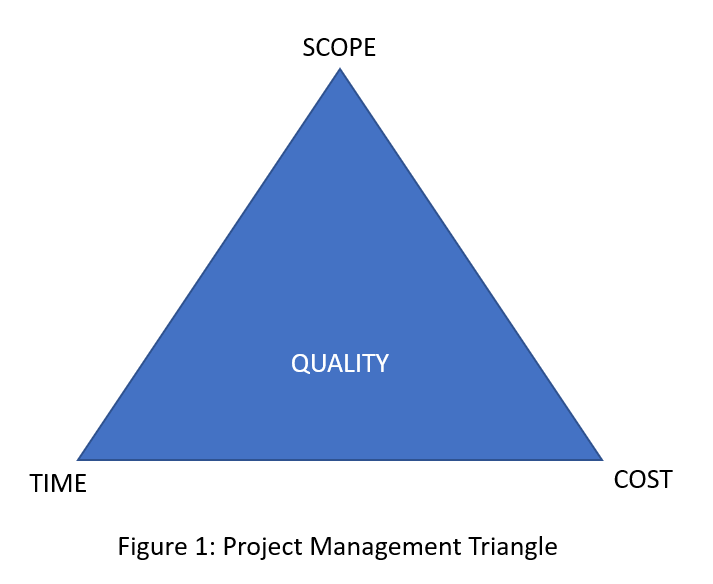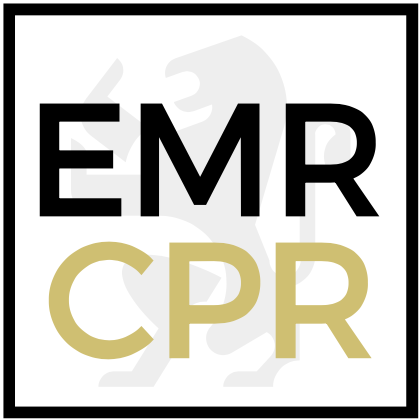Project Management
Creating a Project Plan
Four easy steps to conceptualizing a project plan
There are many methodologies and practices of creating a project plan. Many people think putting a schedule together in Microsoft Project or Excel, possibly with some action items is a project plan. Do you know what really goes into planning a project?
In this post, I will describe some steps to help produce a project plan. A project plan can be an overwhelming task if you think about all of the preparation that goes into developing one. If you have your PMP (Project Management Professional Credential), you have noticed the planning process group defined by PMI (Project Management Institute) is the longest out of all five. There are many daunting tasks such as collecting requirements, defining the scope, estimating costs, planning communications, planning risk management, and many more. All of these tasks are subdivisions of plans focused in certain knowledge areas, and when combined together creates a project plan.
Rather than going into great detail of each process group or knowledge area, I’m going to explain four easy steps to conceptualizing and creating a project plan. This will help identify the main components in “real world” projects. Keep in mind that this is a simplified process and you should make your project plan match and suite the requirements of your project.
Step 1
Plan your project around the Project Management Triangle


Project Management Triangle (sometimes called the triple constraint or golden triangle)Strategize your project according to the project management triangle, Figure 1. The project management triangle (sometimes called the triple constraint or golden triangle) addresses Scope, Time, Cost, and Quality all in one. One side of the triangle (or constraint) cannot be changed without affecting the others.
For example, how will your project be affected if your project sponsor comes to you andProject Management Triangle with Time Constraint says, “You need to complete your project two weeks earlier.” This time constraint will unfavorably affect your cost and scope. You may need to make many adjustments such as acquiring more resources or incurring more costs to complete the project on time. Or, you may need to eliminate some scope just to complete on time. This put’s a further constraint on the “quality” of the project deliverables which is frequently overlooked. Figure 2 is an illustration on the Project Management Triangle with a time constraint.
Overall, if you strategize your project to fit within the Project Management Triangle, you are accounting to complete your project on time, on budget, within scope, all with the desired quality.
When you are planning your team and communications, it is very important to identify all of the stakeholders (anyone that may have influence or can affect the project). This should be completed earlier in the project, but it’s always good practice to revisit this. Some of the stakeholders may be part of the project team, but do you know who else is in the team? Are you utilizing internal resources of your organization, using network partners/vendors, or both? Once your team and stakeholders are identified, it is best practice to document the roles and responsibilities (e.g. RACI Chart) in the Human Resource Plan. The Human Resource Plan should include the organization’s Organizational Charts and Position Descriptions, which outline reporting relationships. A key component to building your team is networking. Networking is especially helpful at the beginning of the project when people are being selected for the team. Having an understanding of how people work together and are motivated will impact the project. Review Tuckman’s stages of group development for more insight on forming teams.
After you have planned your team, you will need to identify how you plan to communicate on the project. Are there language barriers? Are there different time zones or geographical locations? Are there specific reports that need to be sent out; to whom and what frequency? How are you going to get the data you need to make the reports? Answering these questions will help identify your communication plan.
Many project managers skip the Risk Management Plan and fly by the Procurement Plan. This is usually because the project sponsor does not want the project manager to waste time focusing on risk or procurements. Generally, procurement processes are already in place in many organizations, including MSA (Master Services Agreements) which outline their usual vendors for material or services. If you do not have either plan in place, what do you do when you need to procure a material or a risk happens on the project?
Skipping the Risk Management Plan will doom the project manager to fighting fires for the rest of the project. It is best to spend time on risks, even if it is just an hour, to identify risks that can impact the project. A great tool to use is a Risk Register, also known as a Risk Log. The Risk Register includes information such as risk probability, impact, counter-measures, and assigns a risk owner. Imagine how much easier it will be if a risk happens and you just turn it over to the risk owner to follow up on. This prevents project managers from being reactive and allows time to focus on the project, not problems.
Defining a procurement plan is essential to any project success. Can you imagine ordering a material for your project and it arrives two weeks late or if there is no vendor available to provide a specific material? Understanding lead times for materials or services to be placed, matching procurement dates with the budget spend allotment, validating costs of material based on time ordered and knowing the right suppliers for good quality materials are all items that should be strategized and incorporated into your procurement plan.
After you have spent time putting all of these plans together in these last three steps, you will need to be sure there is a proper flow for the execution phase or project work. After all, this project management plan is meant to drive the execution phase of the project, right?
Good questions to ask to validate if your plan matches the project are: What is your project? Does the plan match the project deliverables and stakeholder’s expectations? Is the plan realistic? If you answered yes to these questions, you are in good shape. Last thing to do before moving onto the execution phase is to get final approval not only from your project sponsor, but also from the project stakeholders and project team (commonly missed). Having final approval from all parties ensures a bought into plan that is more likely to be successful.
Running through these four steps will help you conceptualize your project and put all of the puzzle pieces together into a project plan. These four steps are designed to create more questions about your project to help you take a deeper look into your plans, essentially increasing your success in the Project Management Profession. After all, a badly planned project will take three times longer than expected – a well-planned project only on time and within budget.




